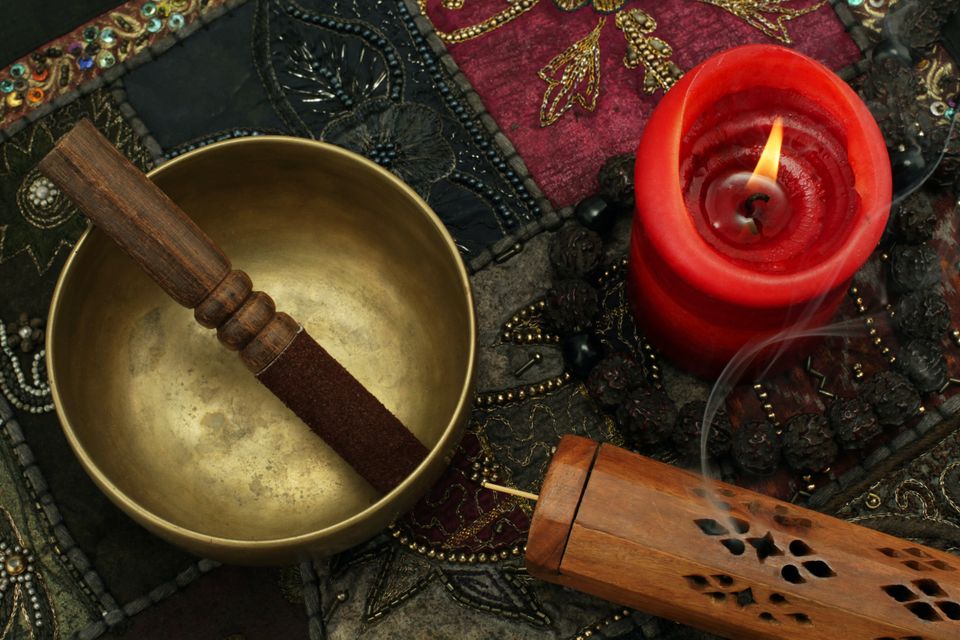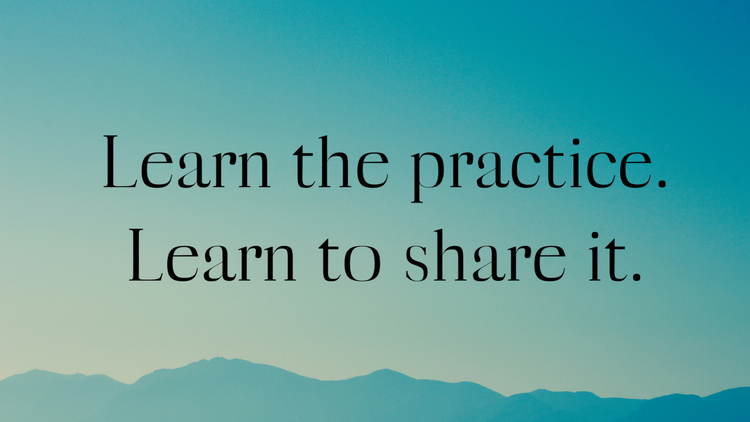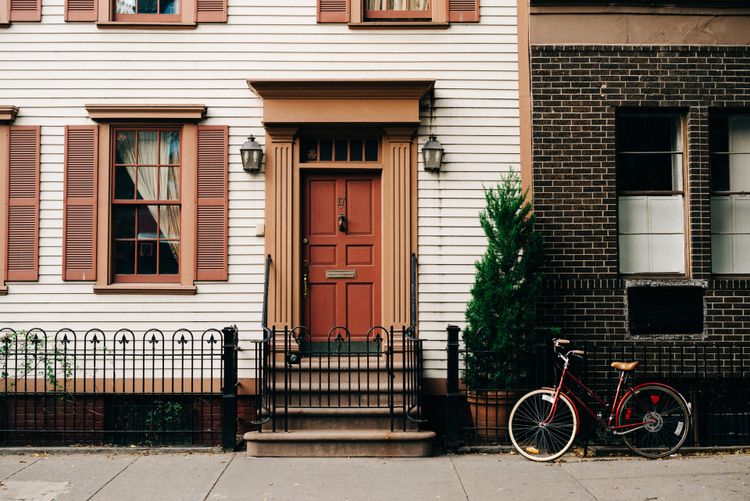Culture, art and ritual.

For much of the past, scripture was used to define the moral values of a culture. A communities religious tradition formed the basis for determining what was right and what was wrong.
In a secular world, cultures no longer revolve around a shared scriptural basis, meaning share values no longer form the center of a culture. In a world with many values and perspectives, it is often difficult to have a clear conception of who we are and how we fit in with others around us. Without shared values, communities come undone and yet the strong need for belonging and affiliation remains.
Traditionally, there were two tools that were used to promote and maintain a culture: art and ritual.
Art was a tool for education. Complex ideas and values could be communicated and shared through art. While some ideas are difficult to absorb, art made them easier to digest. Art also has a way of elevating the ordinary, mundane world into a transcendent, even extraordinary experience.
Ritual was used to act on current beliefs and values in a repetitive and structured way. Many of our ideas and values may be conceptually known and understood, but not acted upon. Ritual gives form to beliefs and values. It is active and embodied. Rituals don't require us to learn anything new, but actually encourage us to contact the ground we already believe is there.
In a secular world, culture forms the center of communities. We all contribute to shaping and creating that culture, the sense of "this is what we do here." As with all work, we need tools to effectively leverage our efforts, and in the creation of culture, art and ritual are powerful tools.




